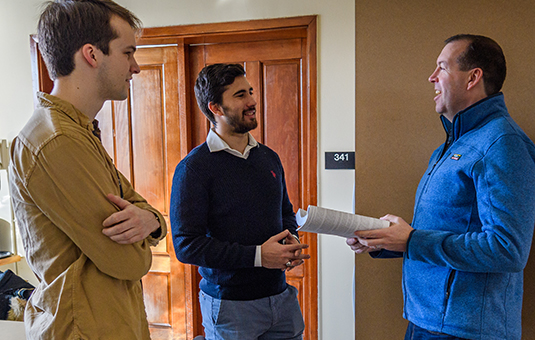Computer Science
Federated Learning in Vehicular Networks: Opportunities and Solutions
Abstract
The emerging advances in personal devices and privacy concerns have given the rise to the concept of Federated Learning. Federated Learning proves its effectiveness and privacy preservation through collaborative local training and updating a shared machine learning model while protecting the individual data-sets. This article investigates a new type of vehicular network concept, namely a Federated Vehicular Network (FVN), which can be viewed as a robust distributed vehicular network. Compared to traditional vehicular networks, an FVN has centralized components and utilizes both DSRC and mmWave communication to achieve more scalable and stable performance. As a result, FVN can be used to support data-/computation-intensive applications such as distributed machine learning and Federated Learning. The article first outlines the enabling technologies of FVN. Then, we briefly discuss the high-level architecture of FVN and explain why such an architecture is adequate for Federated Learning. In addition, we use auxiliary Blockchain-based systems to facilitate transactions and mitigate malicious behaviors. Next, we discuss in detail one key component of FVN, a federated vehicular cloud (FVC), that is used for sharing data and models in FVN. In particular, we focus on the routing inside FVCs and present our solutions and preliminary evaluation results. Finally, we point out open problems and future research directions of this disruptive technology.



